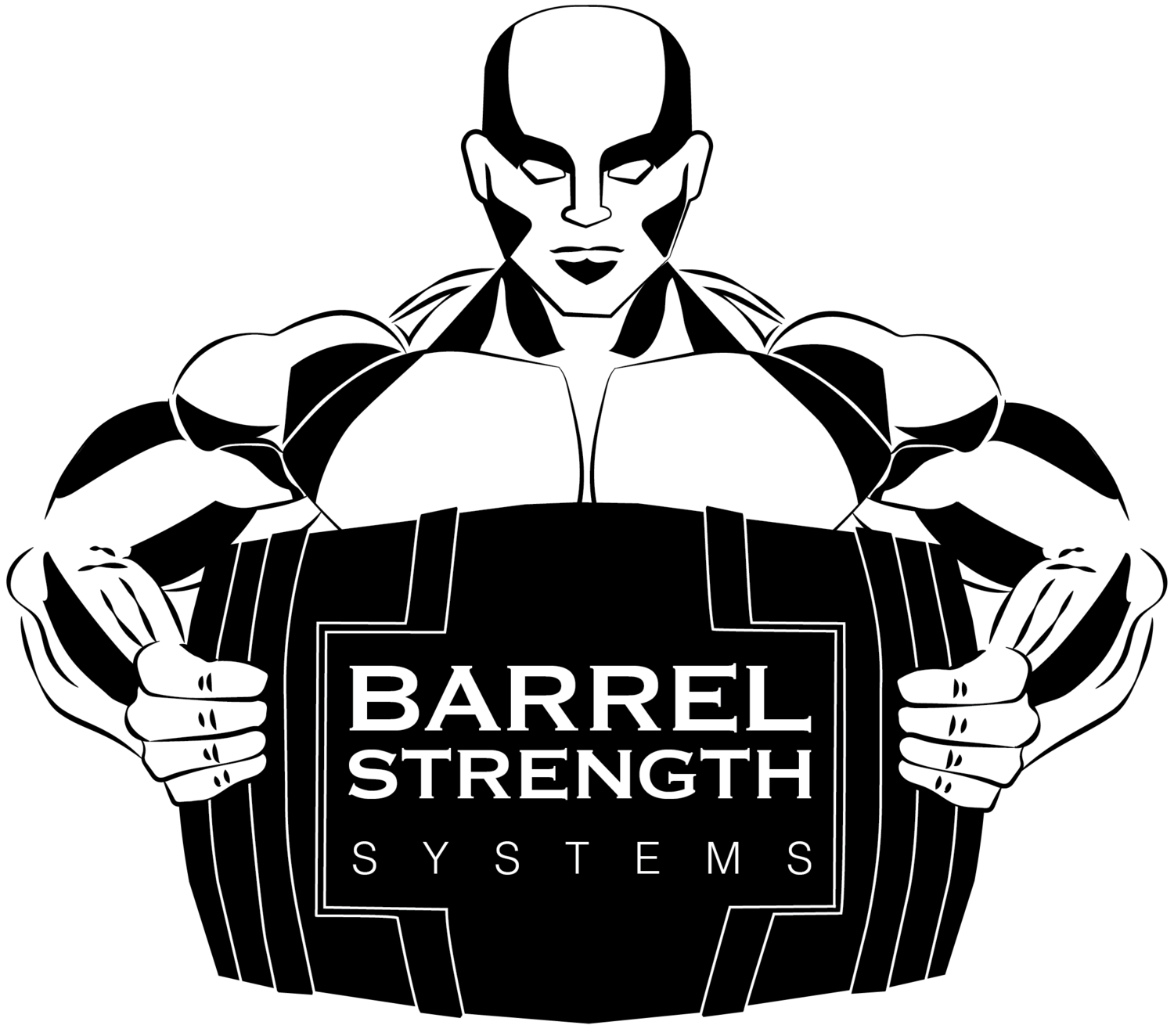2016 King Kong Grip Challenge Rules
RULES:
The competitor can decide which hand to use for each event, but once a first attempt is made on a given lift, he/she cannot switch hands for subsequent attempts.
Up to 4 attempts are allowed for each event. The amount of weight attempted must rise or stay the same for each subsequent attempt.
One Hand Pinch Lift:
This is the same as the two hands version, except it is with one hand. The loading bar can and no doubt will hit your leg at some point, this is fine. The width of the pinch apparatus is adjustable to suit different hand sizes, but to keep it within the spirit of a pinch lift the minimum width allowed is the 2 outer steel discs and 2 rubber spacer discs, a width of 24mm. Before the event starts, you will be given the opportunity to try it and find your best width. The smooth-sided, adjustable-width disc is held on a 2” thick metal rod by a pair of collars. Extra weights will be added to the outsides. The top of this is grasped with an overhand pinch grip and lifted until the end of the bar touches a horizontal bar placed at 16.5”, measured from the underside of the bar to the floor. There is no referee’s signal. You do not have to be erect upon completion. You must lower the weight under control. If the outer discs accidentally touch the bar before the bar itself, referee’s discretion will be used to judge whether the correct height was attained. Pinch gripping the discs using an unorthodox underhand grip will not be allowed. The free hand may NOT be used to brace against the opposing leg.
Additional equipment rules:
1. The apparatus has to be loaded with the same number of discs on each side, in the same order, and has to weigh the same (max 1k tolerance between the total weight of the weights at the front, and weights at the rear).
2. The heaviest discs should be loaded nearest to the adjustable pinch discs themselves.
3. The spacer/collars that hold the inside adjustable discs together should be the same length.
4. The discs added should be smaller in height than the adjustable discs you grasp, so that the view of the lifter’s hands is not totally obscured, and the lift starts from the proper height.
FBBC 2.5” Crusher:
A FBBC Contest loading pin will be set to the top most hole (closest to the hook) setting the top of the crossbar 6” under the 16.5” crossbar. This will set the lifting height to a 6” lift.
Only the handle is to be grasped with the fingers on one side, and the thumb opposing on the other side. A thumb less grip is not permitted.
The lifter grabs the Crusher in the center of the handle. In contest’s, promoters should mark the center of handle with a permanent marker. The lifter will grab the handle so that the line is between his middle and ring finger with the handle remaining parallel to the ground.
The lifter will lift the Crusher until the Contest loading pin crossbar comes in contact with the 16.5” crossbar. If the lifter misses the contact with the crossbar lifter will still need to have the top of the contest loading pin cross the plane of the 16.5” crossbar, referee’s discretion will be used to judge whether the correct height was attained.
There is no referee’s signal. You do not have to be erect upon completion. You must lower the weight under control (hand grasping it all the way down). If the top accidentally touches the bar before the weight itself, referee’s discretion will be used to judge whether the correct height was attained.
Shallow Hub:
Only the Hub is to be grasped. To keep this lift within the spirit of the Hub Lift (proper ‘claw’ style), only the fingertips of the thumb, index and middle fingers are to grasp the Hub. The fingertips are the distal phalanges. The other two fingers may oppose, or not be on at all. These are the fingers that grasp slightly slanted.
The apparatus is lifted until the marker jutting out at the bottom (at 3.5” from the floor) touches a horizontal bar placed at 16.5”, measured from the underside of the bar to the floor. This allows a 13” lift.
There is no referee’s signal. You do not have to be erect upon completion. You must lower the weight under control (hand grasping it all the way down). If the top accidentally touches the bar before the weight itself, referee’s discretion will be used to judge whether the correct height was attained.
You must not intentionally tilt the apparatus to gain leverage.
FBBC 2” V-Bar:
Execution: The lifter grips the top of the vertical bar with one hand. The lifter must pull the vertical bar at least 2 inches off the ground and then return the vertical bar to the floor under control. If the vertical bar is not lifted 2 inches or if the vertical bar slips out of the lifter's grip, the attempt is failed.
Other Points: The off-hand may not be placed in contact during any part of the attempt. It can however be used to sturdy the bar as the lifter gets ready to lift. During the lift it can be posted on the hip or leg or left out to the side. Four attempts per athlete. An attempt is defined as one pull on the implement in effort to bring it to legal height.
Grip Aids: Chalk only is allowed. At no point can the lifting hand or fingers come into contact with the thigh, crotch, or leg of the lifter in a manner to secure the grip or to keep from dropping the vertical bar. Incidental contact with the pants or shorts of the lifter is permitted based on the judge's discretion.
